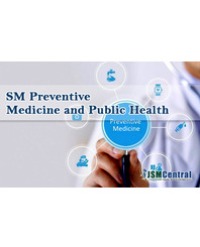
Assessment of Service Utilization of Mother to Child Transmission of HIV among Pregnant Mothers Attending ANC Clinic in Assosa Town
Background: Mother-to-child transmission [MTCT] of human immune virus [HIV] refers to the transmission of HIV from an HIV positive woman to her child during pregnancy, labor, delivery or breastfeeding. Globally, an estimated 36.7 million [30.8-42.9 million] people were living with HIV in 2016, of which 17. 8 million [15.4-20.3 million] were women and 2.1 million [1.7-2.6 million] children under 15 years of age
Method: Facility based cross-sectional study was conducted in Assosa Hospital ANC clinic from February 15, 2011 to April 15,2011E.C ANC attending pregnant women were interviewed and the result was presented by tables, graphs and descriptive methods.
Results: A total of 312 pregnant women attending antenatal care in Assosa General Hospital were approached and participated in the data collection interviews. They were between 15 to 46 years and above. 170 [54.5%] fall in the age range between 20 - 35 years. As to their occupation 84 [26.9%] were house wives, 127 [40.7%] were government employee. Most of them 237 [76%] were unmarried [single]. Only 45 [14.4%] of pregnant mothers were aware of the interventions that can prevent MTCT of HIV and 125 [40.1%] were not aware.
Conclusion: This study revealed that PMTCT of HIV service utilization is better among ANC attendees in Assosa General Hospital. Awareness rising on intervention ways of PMTCT services for pregnant mothers should be done strongly. Male partners’ HIV counseling and testing during mothers pregnancy were reported to be low. There were different factors that might hinder the effective utilization of PMTCT services and all these factors have implications in limiting the PMTCT service utilization. Thus efforts are needed to address barriers that the pregnant women may face in accessing and using PMTCT services. Starting time of ANC by some mothers was late at 2nd and 3rd Trimesters.
Mulugeta Admasu*
